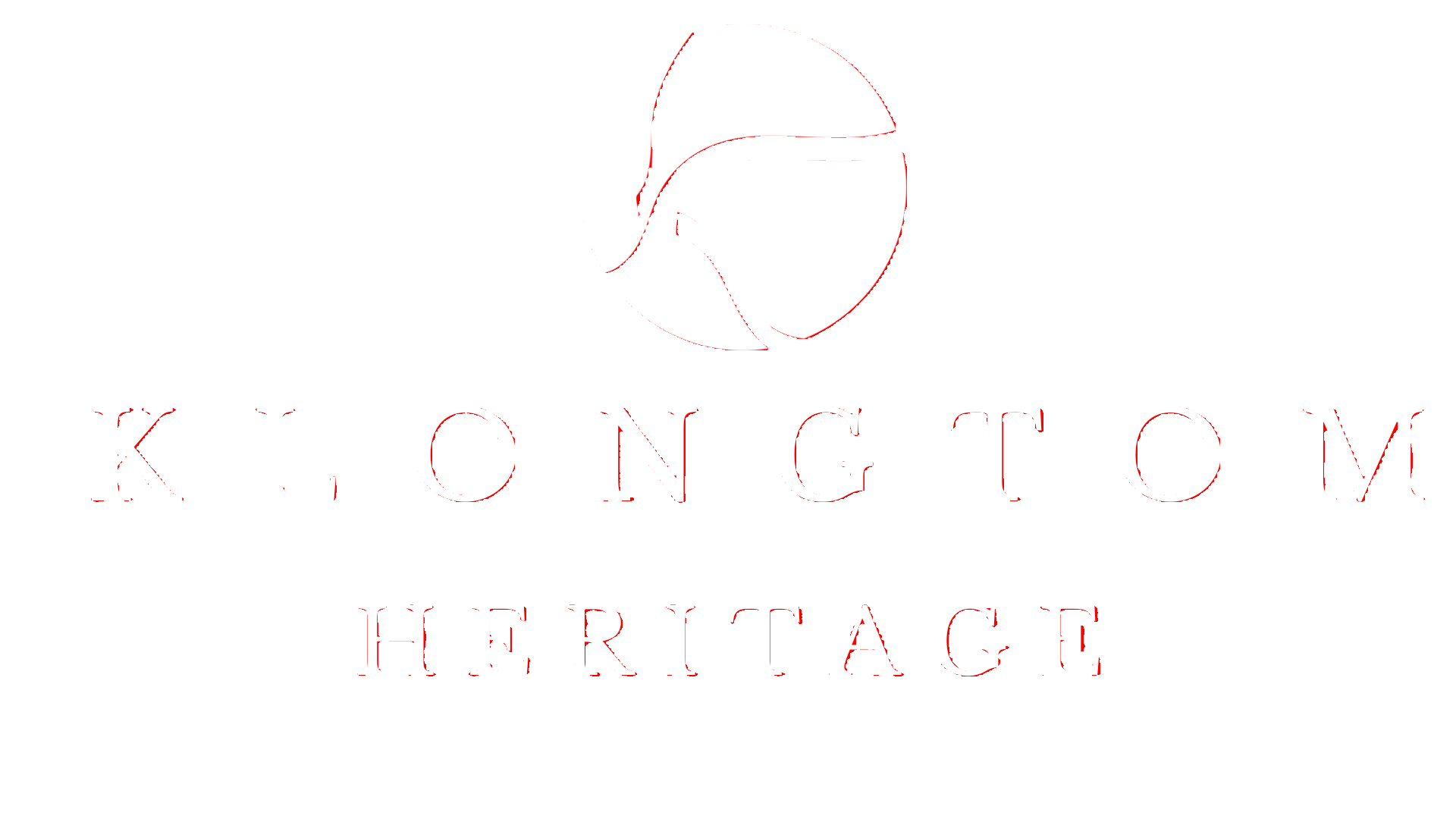Klongtom Salt Hot Spring — soaking in the world heritage of health and rehabilitation
The number of hot springs known for their healing benefits has changed from time to time, but not all hot springs possess the properties to help alleviate physical and mental ailments.
“The number of hot springs known for their healing benefits has changed from time to time, but not all hot springs possess the properties to help alleviate physical and mental ailments. Thailand is blessed to have a remarkable and curative hot spring located in Klongtom district of Krabi province. Aside from its properties to treat poor mental health and unfavourable physical conditions, the hot spring is also unique for its naturally sparkling saline water. The Klongtom Salt Hot Spring is considered one of the world’s five best hot springs with mineral saltwater following those previously found in Taiwan, Japan, Italy, and Malaysia.”

Jiroch added that “the temperature and minerals found in the Klongtom Salt Hot Spring are truly outstanding. The seawater seeps into the basement of the hot spring through rock layers to be filtered twice. As a result, the water retains only a light taste of salt unlike the strong salty taste of seawater as well as the smell of sulphur.”
The major mineral present is sodium chloride, while silica, potassium, and magnesium carbonate also exist in a higher proportion when compared to other hot springs. They are efficient in stimulating blood circulation, lowering blood pressure, reducing inflammation of the joints, treating diabetes and skin diseases, and nourishing the nervous and digestive systems.
At present, the alternative medicine industry has begun to rely more on salt hot springs with minerals to enhance the efficiency of modern medicine. With ever more scientific evidence proving the various benefits of salt hot springs, the desire and enthusiasm of physiotherapists and regenerative medicine specialists in introducing new treatment programmes for patients with various types of ailments has only accelerated.

“In the aspect of treatment, although no empirical research has been done in Thailand, Japan and some other foreign countries have successfully introduced physiotherapy and rehabilitation hospitals that focus on the use of hot springs as the main rehabilitation therapy, together with personalised treatment programmes designed for people of different ages and illnesses. The broader medical community possesses several academic information and references to support their achievements in rehabilitation care to align with the development of alternative medicine for better treatments,” Dr Jiroch said.
“Moreover, for Thailand, hot spring tourism has been included as part of the National Economic Development Plan to promote health tourism, particularly among the elderly. The Public Health Ministry is preparing to establish enhanced tourism standards for locations, improving safety and personnel operations to ensure the highest levels of tourism satisfaction, while always remaining eager to encourage both Thai and foreign tourists to revisit their ideal destinations. Currently, the enhanced standards are in the legal process and expected to be announced soon.”

Wichai Poolworaluk, president of Woraluk Property Plc, a leading real estate company in Thailand and a major developer of the Klongtom community in Krabi, shared that the use of salt hot springs was originally a rural way of life, which had been supported and supervised by the government agencies.
It was a word-of-mouth belief that salt hot springs could prevent and cure diseases. As they can draw a large number of visitors, it was always his objective to ensure that there is a significant positive impact on the Klongtom communities.
Wichai said, “As a real-estate leader, we want to be the one to transform people’s concerns into happiness backed by our standardised and trusted management. This had initially inspired us to work on the development of the Klongtom Heritage project. Situated on a vast area of over 200 rai (32 hectares), the project is expected to make the Krabi province a significant health hub. The Klongtom Salt Hot Spring is considered a special gift, treasure, and heritage that belongs not only to Thai citizens but people all over the world. Therefore, effective operations and management, proper hygiene conditions, and several other related guidelines are required for the project to be in line with the highest global standards.
“During the first three years, we plan to achieve project planning and tourism zoning, which may vary in the patient zone, dependence zone, non-dependence zone, retirement zone, and pre-retirement zone. We are welcoming potential business investors with expertise in healthcare. We believe they have a strategic vision to help us fulfill the missing pieces of our business jigsaw, making Krabi province a new health hub with several fun-filled activities to satisfy health lovers from all over the world.”
He added, “In mid-2022, we will announce the establishment of a physical therapy hospital providing a comprehensive range of medical treatment and rehabilitation services for stroke patients. In addition to the advanced technology and cutting-edge equipment, our teams of professional doctors, nurses, therapists, and psychologists are ready to provide patients with the most excellent medical and health services, supported by the combined knowledge of traditional Thai and Chinese medicines and the outstanding properties of the Klongtom Salt Hot Spring, considered the first and most important jigsaw of the Klongtom Heritage project.”
In addition to bringing the distinctive properties of the saltwater hot spring to help boost the fertility of health, the project has also recognised the importance of Klongtom in various aspects, mainly involving the promotion and development of people’s quality of life.
The local residents will be offered greater job opportunities and a chance to earn a higher income, while the ecosystem and environment will play a vital role in making the community grow in a sustainable way. This will help people to improve and reinvent themselves, getting ready to upgrade their life to national levels, he said.
